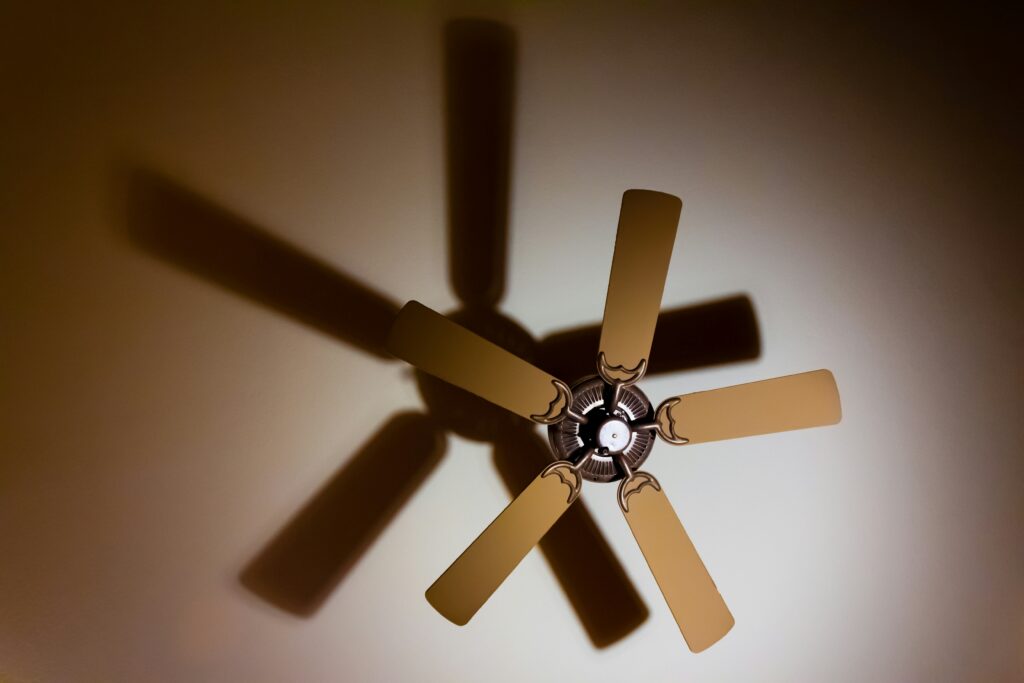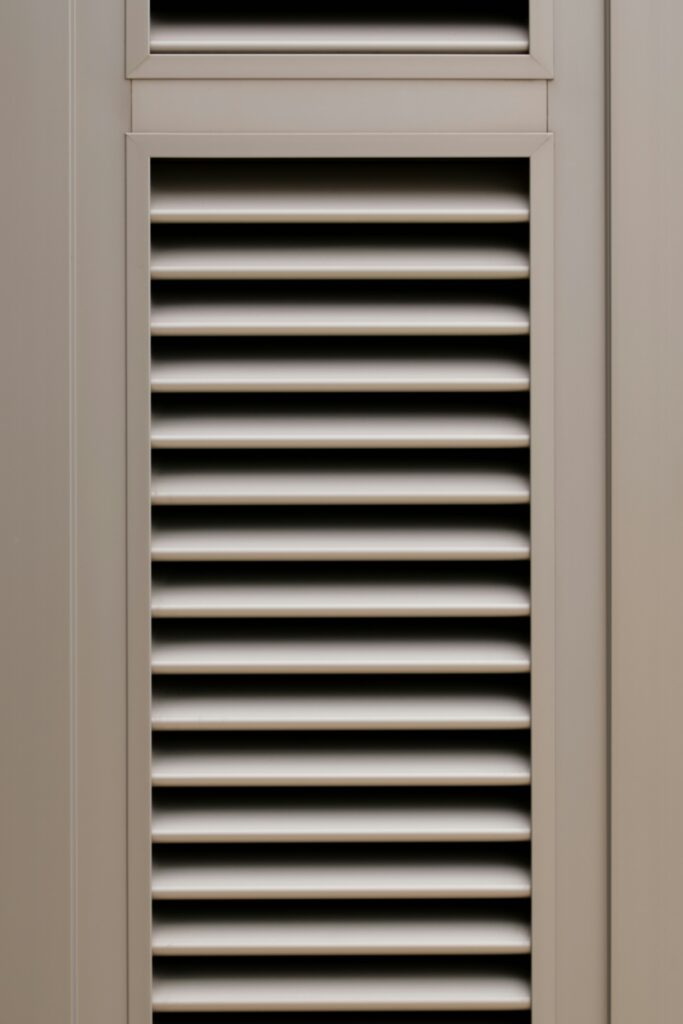Welcome to the Manar Facility Solutions blog! As Florida’s premier experts in facility maintenance and cleaning services, we’re committed to helping homeowners, property managers, and businesses keep their spaces pristine, healthy, and inviting. Living in the Sunshine State comes with unique challenges—high humidity, relentless sand, and storm-driven debris create a perfect storm for dirt buildup in overlooked areas like window tracks, ceiling fans, and vents. These forgotten zones aren’t just eyesores; they harbor allergens, reduce air quality, and can lead to costly repairs if neglected. In this article, we’ll explore why these areas get so dirty in Florida’s climate, the risks of ignoring them, and practical cleaning strategies to keep them spotless year-round. Whether you’re in Miami battling salty air, Orlando managing tourist-season dust, or the Keys preparing for hurricanes, this article will empower you to tackle these hidden trouble spots. Plus, we’ll show how partnering with Manar Facility Solutions can save you time and enhance your property’s value. Let’s dive in!
Why Florida’s Climate Targets Window Tracks, Ceiling Fans, and Vents
Florida’s subtropical environment—marked by 70-90% humidity, temperatures often exceeding 90°F, and frequent storms—creates ideal conditions for dirt, mold, and debris to accumulate in overlooked areas. Here’s how these zones become problem spots:
Window Tracks: Sand and Mold Magnets
Window tracks, those narrow channels where sliding windows sit, are dirt traps. In coastal areas like Fort Lauderdale or Daytona Beach, sand from beaches or dunes blows in, settling into tracks. Combined with Florida’s humidity, this creates a gritty, damp paste that fosters mold growth. The Environmental Protection Agency (EPA) notes that indoor humidity above 60% promotes mold, and window tracks, with poor airflow, are prime targets. Add salty ocean air in places like Key West, and you get corrosion that jams windows and degrades frames. A 2023 coastal study found that salt-laden air accelerates aluminum corrosion by 20%, affecting window functionality.

Ceiling Fans: Dust and Allergen Collectors
Ceiling fans are lifesavers in Florida’s heat, but their blades collect dust, pollen, and pet dander, which circulate every time they spin. In pollen-heavy areas like Jacksonville, spring allergy seasons worsen this, with the Asthma and Allergy Foundation reporting that 30% of Floridians suffer from indoor allergen exposure. Humidity causes dust to stick, forming a grimy film. Neglected fans also wobble, straining motors—repair costs can hit $200, per local contractors.

Vents: Hidden Havens for Mold and Debris
Air vents, whether part of HVAC systems or bathroom exhausts, are out of sight, out of mind. Florida’s humid air traps moisture in ducts, encouraging mold and mildew. During hurricane season (June-November), debris like leaves or sand can clog vents, reducing efficiency. The Florida Department of Health reports a 25% spike in mold-related complaints post-storms, often linked to poorly maintained HVAC systems. Dirty vents also spread allergens, impacting indoor air quality.
These areas, often ignored during routine cleaning, become health and maintenance liabilities in Florida’s extreme conditions.

The Risks of Neglecting These Zones
Ignoring window tracks, ceiling fans, and vents isn’t just a cosmetic issue—it poses serious risks:
Health Hazards
Mold in window tracks and vents releases spores, triggering allergies, asthma, or respiratory issues. The CDC links damp indoor environments to a 30-50% increase in breathing problems, especially for kids and the elderly. Dust-laden ceiling fans circulate allergens, worsening symptoms for Florida’s 5 million allergy sufferers. In humid areas like Tampa, vent mold can spread to entire HVAC systems, affecting whole homes.
Property Damage
Dirty window tracks corrode frames, leading to $500-$2,000 in replacements, per Miami window contractors. Clogged vents reduce HVAC efficiency, spiking energy bills by 15-20%, according to the U.S. Department of Energy. Ceiling fan dust can burn out motors, costing hundreds to repair. Post-storm, debris-filled vents or tracks exacerbate water damage, with FEMA noting that 100,000+ Florida homes face flood-related issues annually.
Reduced Home Value
Realtors in Sarasota and Naples report that visible neglect—like grimy window tracks or dusty fans—can lower home sale prices by 5-10%. Buyers see these as signs of poor maintenance, assuming bigger issues lurk. For businesses like Orlando vacation rentals, dirty vents or fans deter guests, hurting reviews and revenue.
Safety Concerns
Wobbly ceiling fans risk falling, while clogged vents increase fire hazards if lint or debris builds up near HVAC components. In older Florida homes, where electrical systems may not meet modern codes, this is a real danger.
Cleaning these zones now prevents these costly and hazardous outcomes.
Step-by-Step Cleaning Guide for Florida’s Forgotten Zones
Ready to restore these areas? Follow this detailed, Florida-tailored plan. Always wear gloves, a mask, and eye protection, especially when handling mold or dust.
Cleaning Window Tracks
Tools Needed: Vacuum with brush attachment, old toothbrush, microfiber cloths, white vinegar, baking soda, spray bottle, lubricant.
- Remove Loose Debris: Vacuum tracks with a brush attachment to suck up sand and dust. In coastal areas like St. Augustine, focus on corners where grit accumulates.
- Scrub with Vinegar: Mix equal parts water and white vinegar in a spray bottle. Spray tracks, let sit for 10 minutes to loosen mold and grime, then scrub with a toothbrush. Vinegar kills 82% of mold species, per EPA studies.
- Tackle Stubborn Stains: Sprinkle baking soda on tough spots, add a splash of vinegar, and scrub. Wipe clean with a damp microfiber cloth.
- Dry and Lubricate: Dry thoroughly with a cloth to prevent mold regrowth—critical in humid Orlando. Apply a silicone-based lubricant to tracks for smooth window operation.
- Frequency: Clean monthly in coastal areas, quarterly inland.
Pro Tip: For rusted tracks, use a rust remover like CLR, then apply a protective sealant to combat salty air.
Cleaning Ceiling Fans
Tools Needed: Step ladder, microfiber cloths, vacuum with hose, mild detergent, pillowcase, screwdriver (optional).
- Turn Off Power: Always switch off the fan at the breaker to avoid injury.
- Dust Blades: Slip a pillowcase over each blade, pulling it back to trap dust—reduces airborne particles by 90%, per cleaning studies. Alternatively, vacuum blades with a brush attachment.
- Wash Blades: Mix a few drops of dish soap in warm water. Wipe blades with a damp microfiber cloth, then dry to prevent streaking. Avoid excess water on wooden blades, common in older Palm Beach homes.
- Clean Fixtures: Dust light fixtures or globes with a dry cloth. Remove and wash glass covers if detachable.
- Check Balance: Spin the fan manually to check for wobble. Tighten screws or use a balancing kit if needed.
- Frequency: Clean every 2-3 months, monthly during pollen season in areas like Gainesville.
Pro Tip: Use an electrostatic duster for hard-to-reach blades to minimize ladder use.
Cleaning Vents
Tools Needed: Screwdriver, vacuum with crevice tool, soft brush, damp cloths, HEPA-filter vacuum, disinfectant spray (EPA-approved).
- Remove Vent Covers: Unscrew or pop off covers. Soak in warm, soapy water to loosen grime.
- Vacuum Ducts: Use a crevice tool to remove dust and debris from duct openings. A HEPA-filter vacuum captures fine particles, crucial for allergy-prone households in Jacksonville.
- Brush and Wipe: Use a soft brush to dislodge stuck debris in ducts. Wipe covers with a damp cloth and mild disinfectant to kill mold spores.
- Check for Mold: Look for black or green patches. For small spots, spray with vinegar, let sit, and wipe. Large infestations require professionals to avoid spreading spores.
- Replace Filters: Swap out HVAC filters every 1-3 months, more often post-storm in areas like the Panhandle.
- Frequency: Clean vent covers quarterly, inspect ducts annually.
Pro Tip: Use a flashlight to check ducts for hidden mold or blockages, especially after hurricanes.
This process, while time-intensive, restores air quality and protects your home.
Prevention Strategies for Year-Round Cleanliness
Cleaning is vital, but prevention keeps these zones cleaner longer, especially in Florida’s harsh climate:
- Window Tracks: Install weather stripping to block sand and moisture. In coastal Naples, use window screens to reduce debris entry. Seal tracks with silicone annually to resist salt corrosion.
- Ceiling Fans: Run fans regularly to prevent dust buildup. Use air purifiers in high-pollen areas like Tallahassee to reduce circulating allergens. Apply anti-static spray to blades to repel dust.
- Vents: Install high-efficiency HVAC filters (MERV 11-13) to trap more particles. Use dehumidifiers to keep indoor humidity below 50%, critical in Miami’s sticky summers. Schedule professional duct cleaning every 3-5 years.
- Storm Prep: Before hurricanes, close windows tightly and cover vents with plastic to block debris. Post-storm, inspect and clean immediately to prevent mold.
- General Habits: Vacuum entryways weekly to reduce tracked-in sand. Use doormats to trap dirt before it reaches windows or vents.
These steps cut cleaning frequency by up to 50%, per industry data, and extend the life of your home’s systems.
When to Call Professionals
DIY works for routine maintenance, but Florida’s extreme conditions often require expert help. At Manar Facility Solutions, we specialize in:
- Deep Cleaning: High-powered vacuums and eco-friendly cleaners for tracks, fans, and vents.
- Mold Remediation: Certified technicians use HEPA filters and infrared cameras to safely remove mold, crucial post-storm in areas like Fort Myers.
- HVAC Maintenance: Professional duct cleaning and system checks to boost efficiency and air quality.
- Custom Plans: Tailored schedules for homes, rentals, or businesses, ensuring compliance with Florida health codes.
Myths vs. Facts About Cleaning These Zones
- Myth: Window tracks don’t need regular cleaning. Fact: Florida’s sand and humidity demand monthly attention to prevent mold and corrosion.
- Myth: Ceiling fans clean themselves when running. Fact: They spread dust, worsening air quality.
- Myth: Vents only need cleaning if you see dirt. Fact: Hidden mold and debris require regular checks, especially post-storm.
Debunking these myths leads to better maintenance habits.
Why Clean These Zones Now?
Delaying invites health risks, higher energy bills, and costly repairs. Clean window tracks, fans, and vents improve air quality, enhance home value, and ensure safety. With Florida’s storm season ongoing, acting now prevents post-hurricane headaches. For businesses, spotless facilities attract clients and boost reputation.
At Manar Facility Solutions, we’re your Florida partners for pristine spaces. Contact us for a free consultation—visit our website or call our team. Let’s make your home or business shine!

